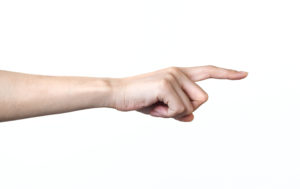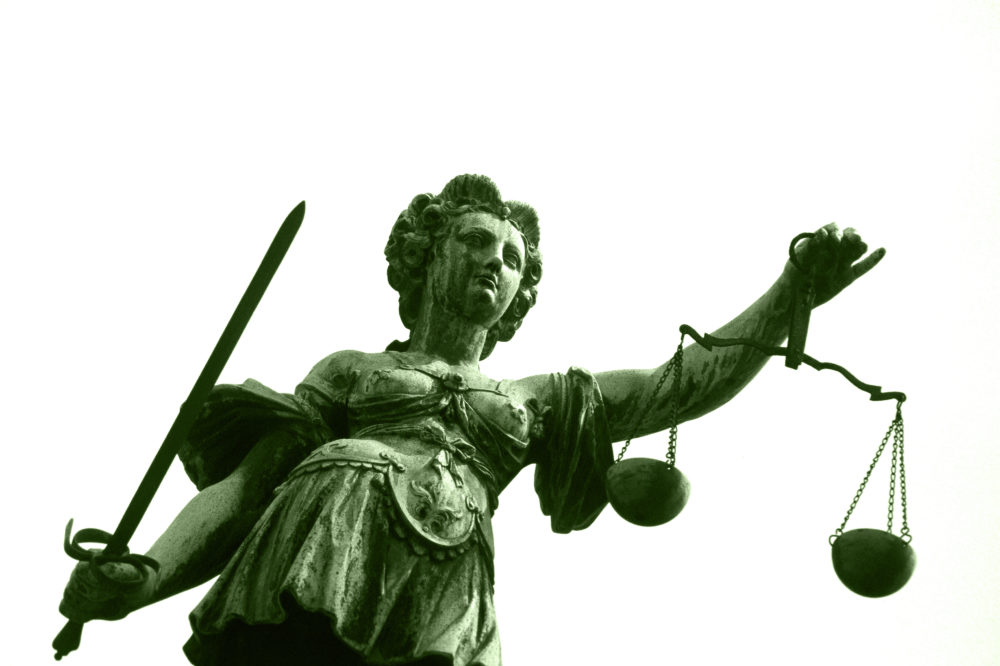Justice Highlights in 2016: Strategic Litigation
12.20.16 By Innocence Staff
As 2016 comes to an end, the Innocence Blog asked the people who lead programming at the Innocence Project to share their justice highlights from the past year. Over the next two weeks, you can read the Innocence Blog to get their insiders’ perspectives on the meaningful strides the Innocence Project made in 2016 toward protecting innocent people in the justice system.
On Monday we featured important milestones in criminal justice policy reform. Today we’re shining the spotlight on key work done around forensic science and eyewitness identification within the nation’s courts.
Director of Strategic Litigation at the Innocence Project Chris Fabricant shared the following:
The Strategic Litigation Team had meaningful victories in forensic science that included the following:
- Overturning the convictions of two men: Keith Harward and George Perrot whose convictions rested on unreliable forensic evidence. Perrot’s had the first overturned conviction as a result of the federal hair comparison case audit.
- Successfully arguing before the Texas Forensic Science Commission for a moratorium on the use of bite mark evidence and an audit of all bite mark convictions.
- Gaining the first judicial opinion finding that bite mark identification evidence has been discredited and that the discrediting of the science is “newly discovered” evidence.
We also did important work around eyewitness identification, which included:
- Overturning decades of precedent in both Illinois and Connecticut concerning the introduction of eyewitness identification evidence.
- Illinois now permits eyewitness identification experts to testify at trial.
- Connecticut now precludes in-court identifications, unless preceded by a prior positive identification in a non-suggestive identification procedure. Read an excellent piece that explains the importance of the Connecticut ruling here.

It’s now more difficult for people to make in-court identifications in certain states, an important step toward helping prevent wrongful convictions.
- Conducting the first full-day eyewitness identification workshop at the American Psychology-Law Society’s annual conference, which, in addition to the training provided, led to the development of a new community of experts on eyewitness identification.
- Creating a new legal theory in Massachusetts, allowing defendants to seek new trials where they were precluded from offering expert testimony at trial. This theory was adopted by the trial court in overturning Natale Cosenza’s burglary conviction.
For 2017 . . .
Our goal is to have as successful a year as 2016!

Leave a Reply
Thank you for visiting us. You can learn more about how we consider cases here. Please avoid sharing any personal information in the comments below and join us in making this a hate-speech free and safe space for everyone.